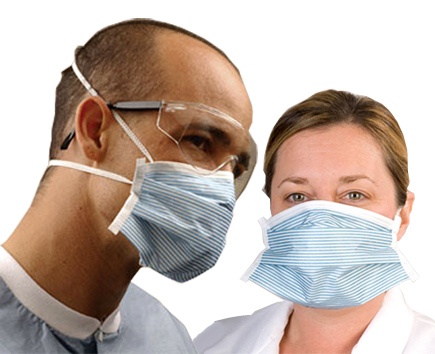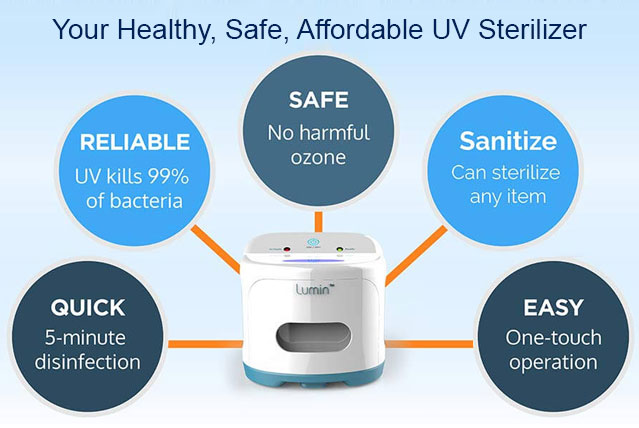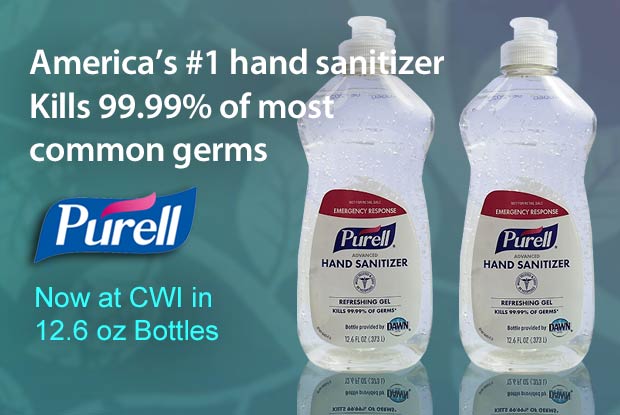
Call 1-631-753-8390 or Contact Us - We're Happy to Help!
Please choose a body region on the right for you to pin point the problem area of your body.

Shop by Condition

Shop by Brand
The COVID-19 pandemic has caused a mad rush for N95 masks. Apart from gloves, personal protective equipment (PPE), and disinfectant sprays, healthcare workers also require N95 masks. What’s so special about these masks, why are they sought after, and how can they be used safely? Here’s a look at all this and more.
The N95 mask – also known as the N95 respirator, is a mask designed to protect healthcare workers, including doctors and nurses, on the frontline of the COVID-19 battle. It is categorized as a type of PPE and today has become well-known the world over. The respirator is known to block out 95% of minute particles (0.3 microns), and viruses fall in the range of 0.3 microns.
This high-tech product filters much more than basic masks and offers more protection than normal cloth or surgical masks. The design and manufacture of the N95 masks are approved by the National Institute for Occupational Safety and Health.
The N95 masks are produced by 3M, which makes approximately 35 million N95 masks every month in the United States. In the wake of the pandemic, 3M has ramped up production to around 50 million masks a month.
Honeywell is another company that manufactures 3M masks and is all set to ramp up production to 10 to 20 million N95 masks in the United States every month.
Everyone can benefit from owning and wearing an N95 mask. When worn properly, the mask can protect the wearer from being infected by others and also protects people from being infected by the wearer. But today, healthcare workers need the mask more than anyone else because they are in the frontline and face the greatest risks. Recently, New York state – the epicenter of the American COVID-19 pandemic, recommended that all healthcare workers reuse their N95 masks to stretch their supplies.
The dean of the Case Western Reserve University School of Law and professor of bioethics and public health, Jessica Berg, says that if the mask is to stop the wearer from spreading the virus, then the right person to wear an N95 is anyone who comes in contact with others – like the healthy millennials who are walking around more.
Another problem is to be able to obtain an N95 mask. The shortage of masks has given rise to an ethical issue today, with most believing that healthcare workers and first responders must be given priority when deciding who needs these masks.
The CDC recommends that Americans wear the mask when they are out in public places and areas where it is impossible to maintain social distancing (such as grocery stores). The CDC is also encouraging the general public to sew their own cloth masks filled with coffee filters as that could protect people from occasional coughs and sneezes.
While it is known that the N95 respirator is the most efficient masks to protect oneself against COVID-19, the following must be noted:
To put on the mask:
To remove the mask:
Given their scarcity, it would be a good idea to reuse N95 masks. Four sanitization methods were tested at the National Institute of Allergy and Infectious Diseases in Hamilton, Montana.
While all four methods eliminated detectable SARS-CoV-2 virus from the test samples, the time required for contamination varied. VHP was the quickest (required 10 minutes), followed by dry heat and UV light (required approximately 60 minutes). Ethanol required an intermediate amount of time.
Tested for durability over three uses, it turns out the masks decontaminated with VHP and UV could be used up to three times. Masks that were contaminated with dry heat could be used up to two times. Ethanol-decontaminated masks were useless.
Ultraviolet germicidal irradiation (UVGI) is another method tested that has shown satisfactory decontamination efficacy; however, this method is less effective on the respirator straps, and it reduced the breaking strength of the straps by approximately 50%. This suggests that UVGI can be used effectively to disinfectant disposable respirators so that they can be reused, but the maximum number of these disinfection cycles is limited by the respirator model and the dose of UVGI required to kill or inactivate the pathogen.
The Lumin CPAP UV Sanitizer is known to be one of the fastest and easiest ways to clean and disinfect CPAP masks. The device makes use of UVC light technology to clean products thoroughly and quickly and could be an excellent solution for those who use N95 masks for personal use.
| |
|---|
 Lumin UV Light Sterilizer Machine |
 Purell Instant Hand Sanitizer |
| Stay Connected! | |
|
|
|
Related Articles
Get $10 off your next order when you sign up to receive our email newsletter.*
Simply enter your email address below!
*Minimum order value of $100. Valid email address to qualify.







